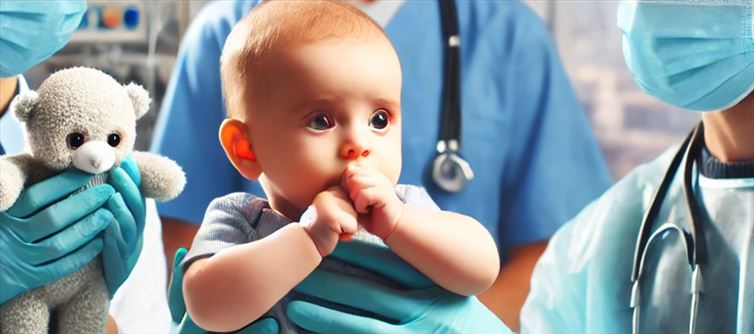
In a concerning development, two infants in Bengaluru have been diagnosed with the Human Metapneumovirus (HMPV), sparking alarm among health authorities. According to the health department, neither the infants nor their families have a recent travel history, eliminating the possibility of exposure to the virus from other regions or countries. This has heightened fears about the local transmission of the virus within the community.
HMPV is a respiratory virus known to cause symptoms ranging from mild colds to severe respiratory illnesses, particularly in young children, the elderly, and those with weakened immune systems. The virus is often transmitted through close contact, respiratory droplets, or contaminated surfaces. While it has been widely reported globally, localized outbreaks are uncommon, making this case unusual and worrisome.
health officials in Bengaluru are closely monitoring the situation. Authorities have urged parents to be vigilant about symptoms such as fever, cough, wheezing, and difficulty breathing in their children. Hospitals have been instructed to report any suspected HMPV cases immediately to enable prompt containment measures.
The absence of travel history in these cases suggests the virus might already be circulating within the community, a possibility that underscores the need for heightened hygiene practices. Experts recommend frequent handwashing, avoiding crowded places, and wearing masks in high-risk areas.
While no specific treatment exists for HMPV, supportive care, including hydration and symptom management, plays a critical role in recovery. health officials have assured the public that efforts are underway to trace the source of the infection and prevent its further spread.
This incident serves as a stark reminder of the need for robust surveillance and swift action to address emerging health threats. As authorities work to contain this localized outbreak, parents and caregivers are urged to remain cautious and seek medical attention promptly if respiratory symptoms occur in children.




 click and follow Indiaherald WhatsApp channel
click and follow Indiaherald WhatsApp channel